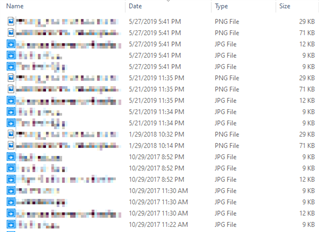When inserting images in a MultiTerm Termbase, is it important where the image file is located? Does Multiterm ever use that file again or is it stored with the Termbase? In practice, can I just grab an image from a location or do I have to copy all image files to a dedicated location that I keep with the Termbase?
Second question: Does the file size matter? I obviously don't want to slow MultiTerm down unnecessarily by inserting huge images. Does Multiterm convert images to a specific format (jpg, png, tif, bmp?) and does it scale them. How are they stored?
Thank you,
Daniel

 Translate
Translate



